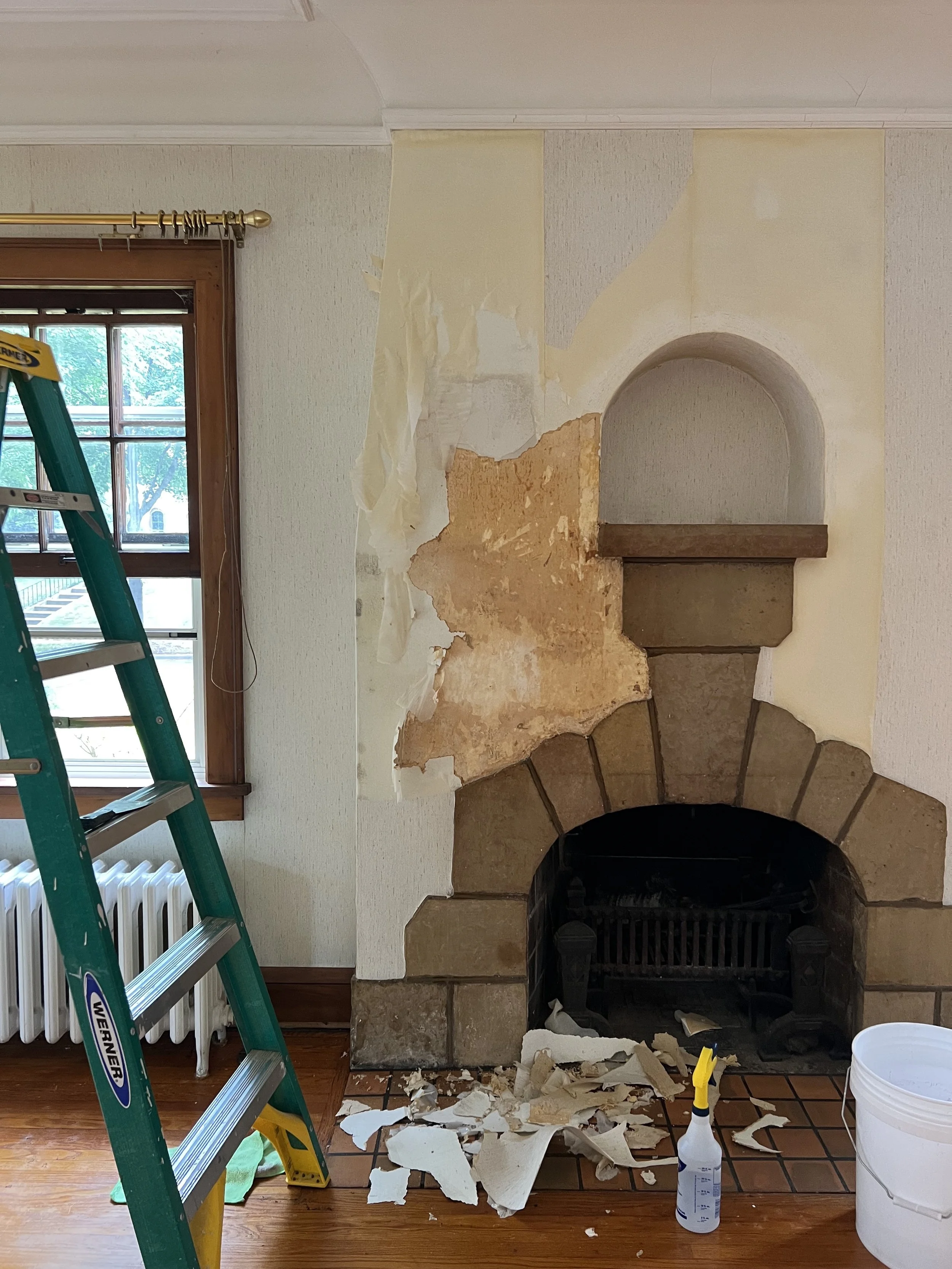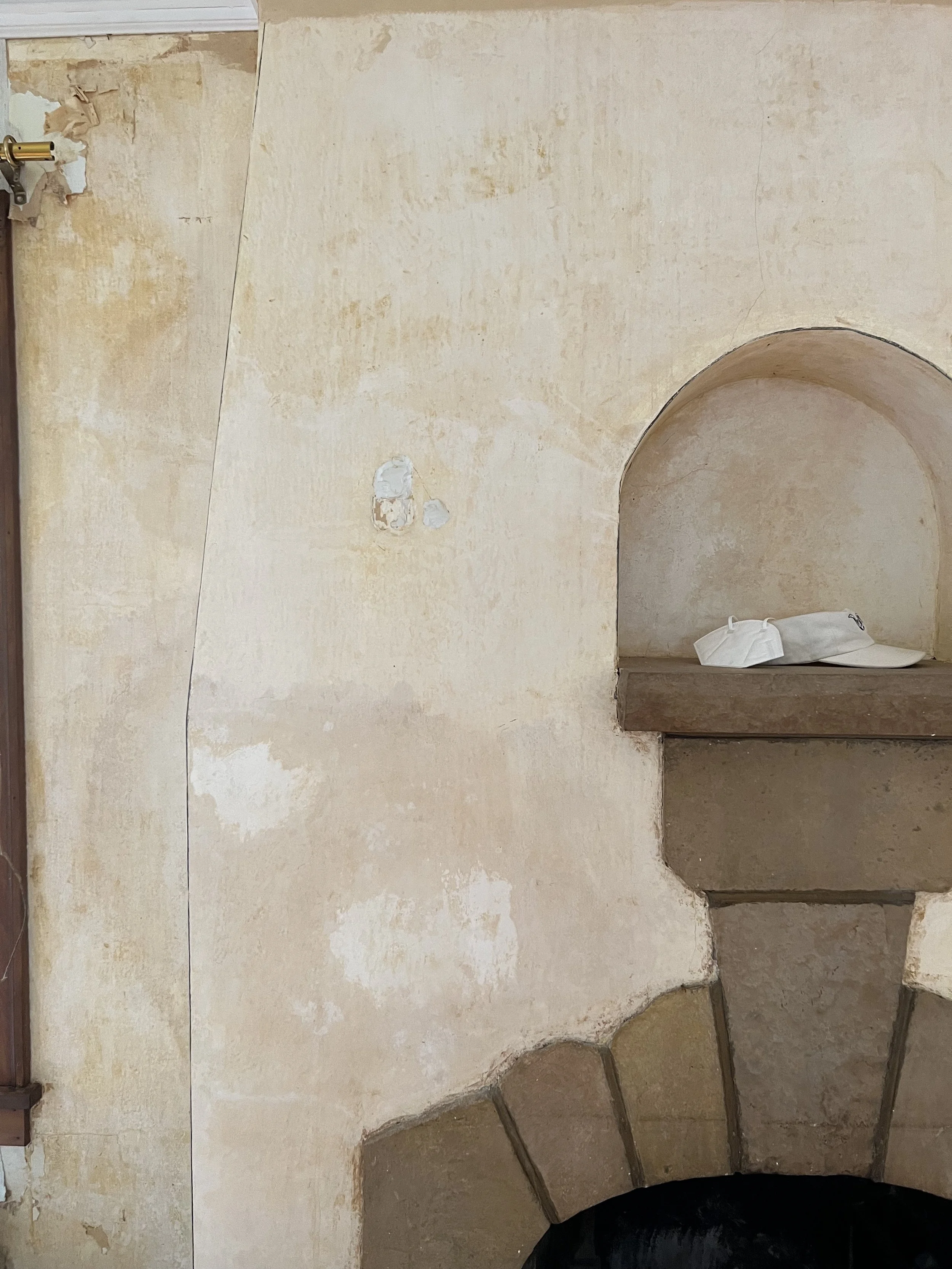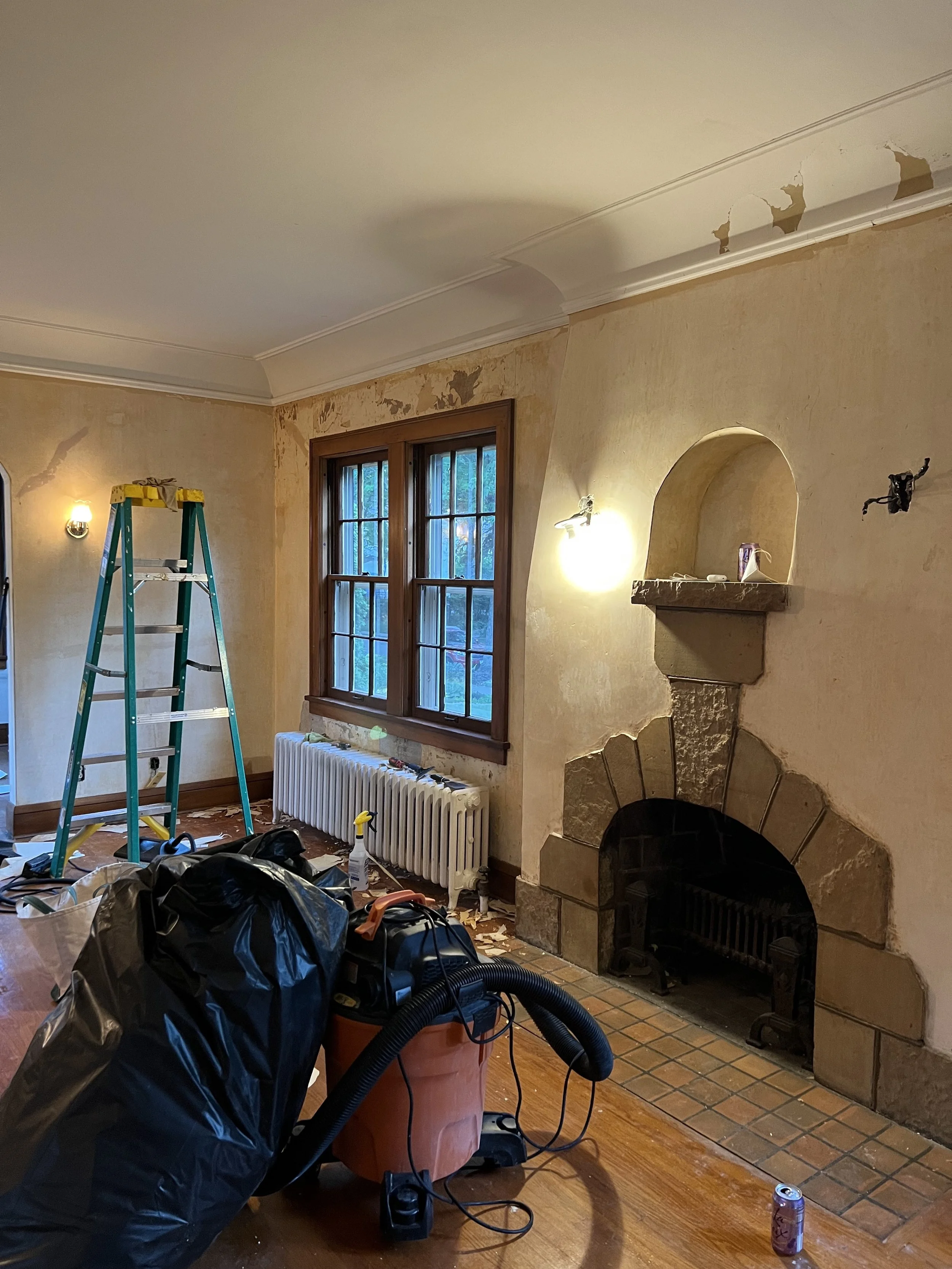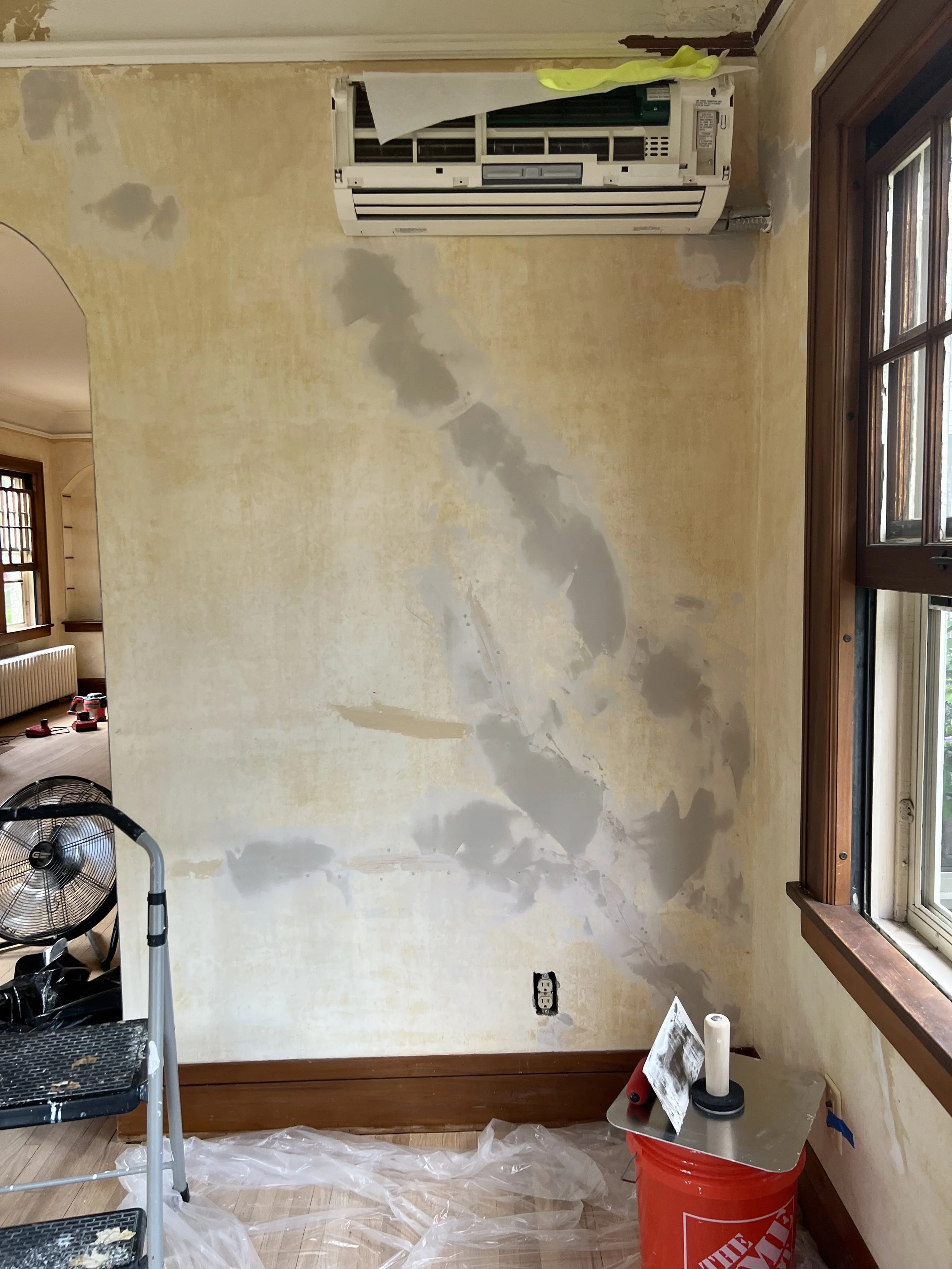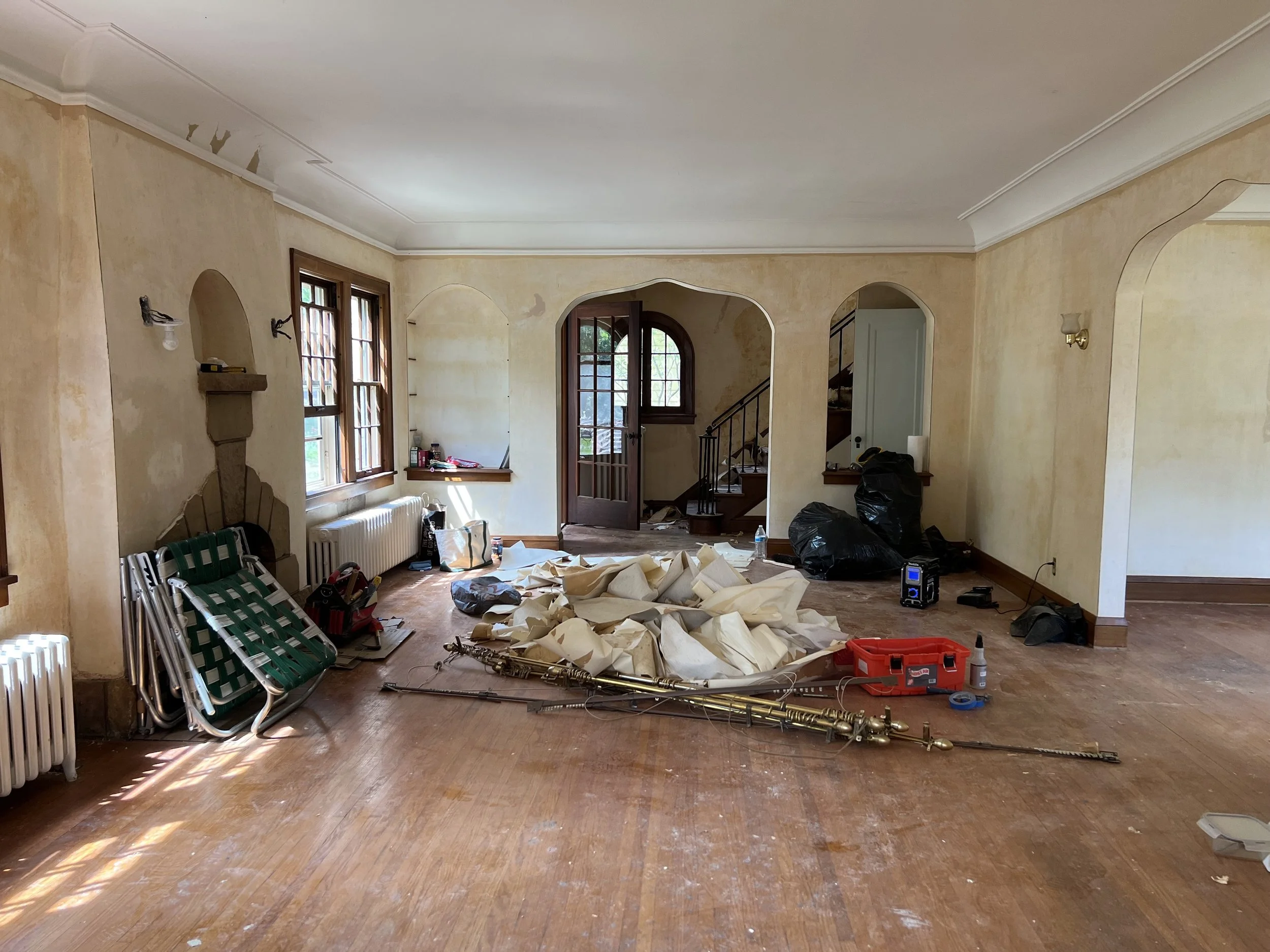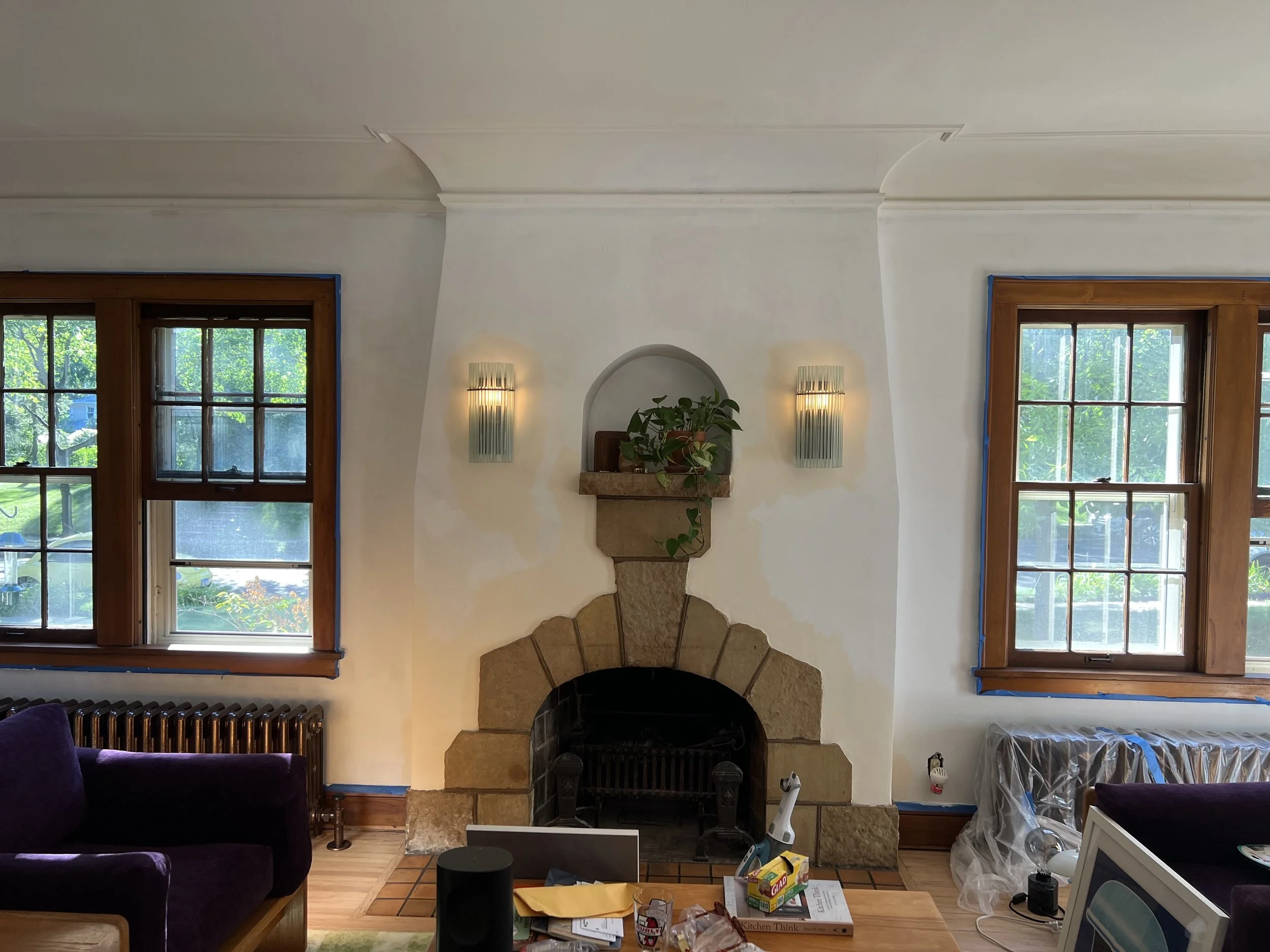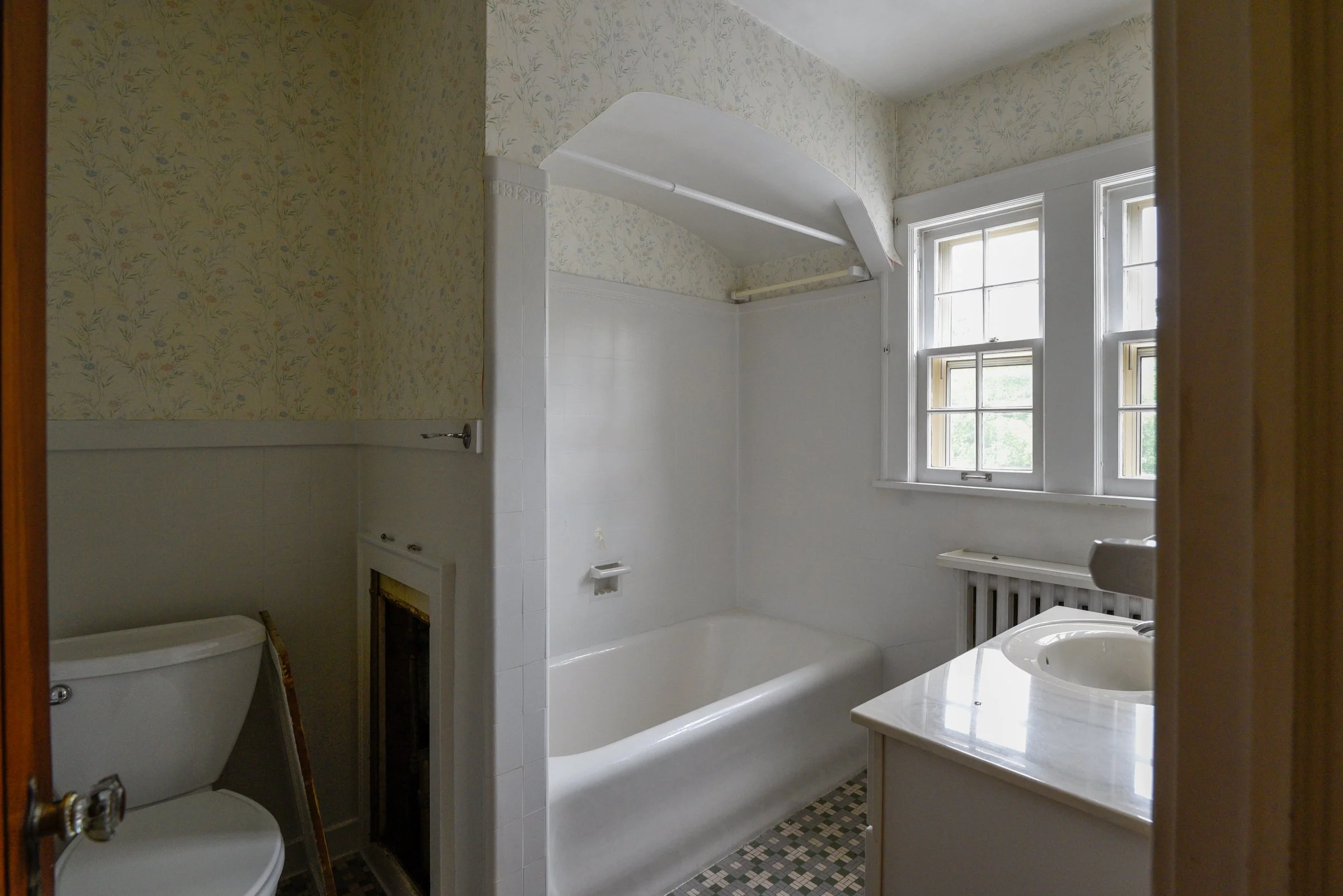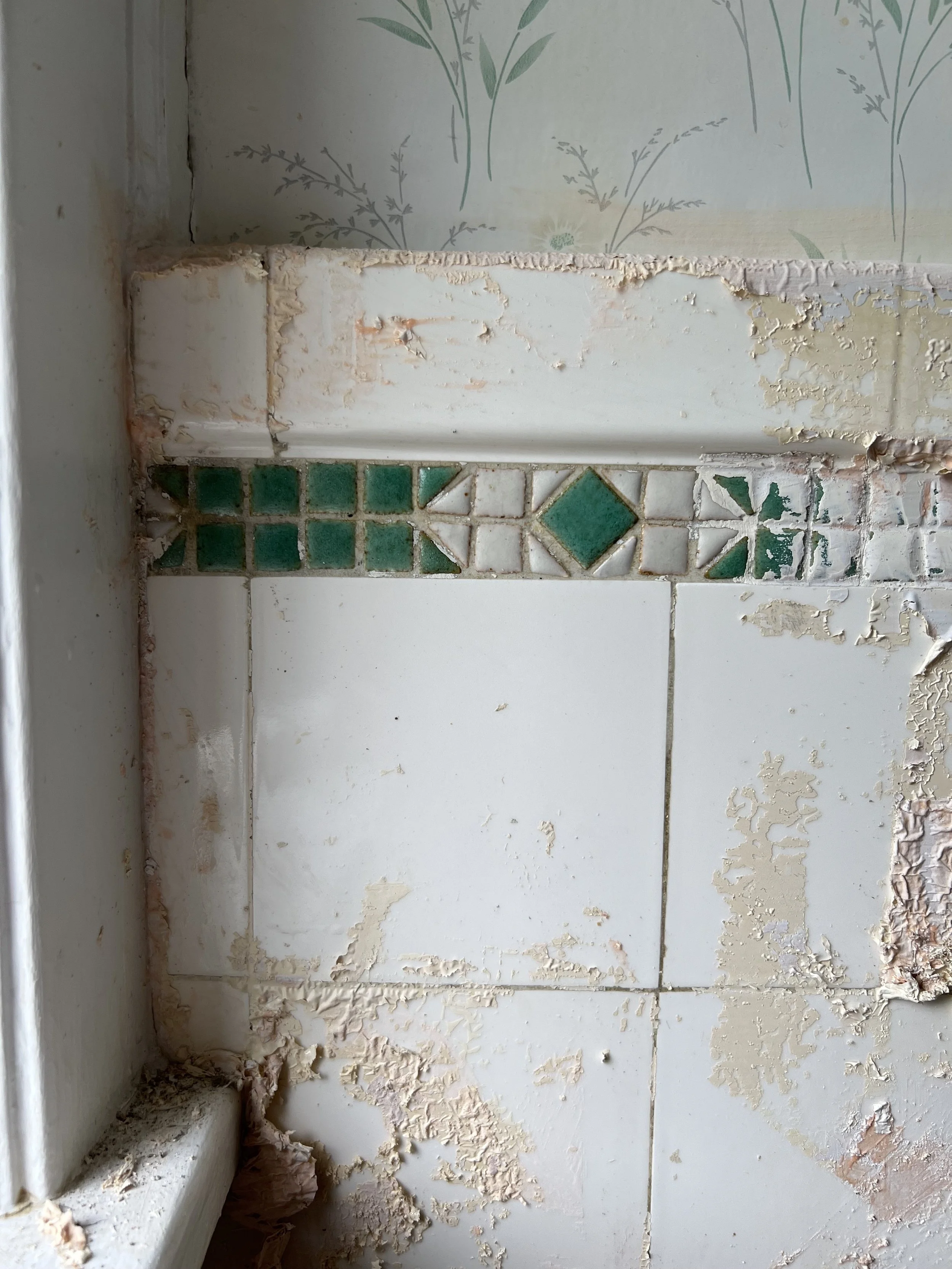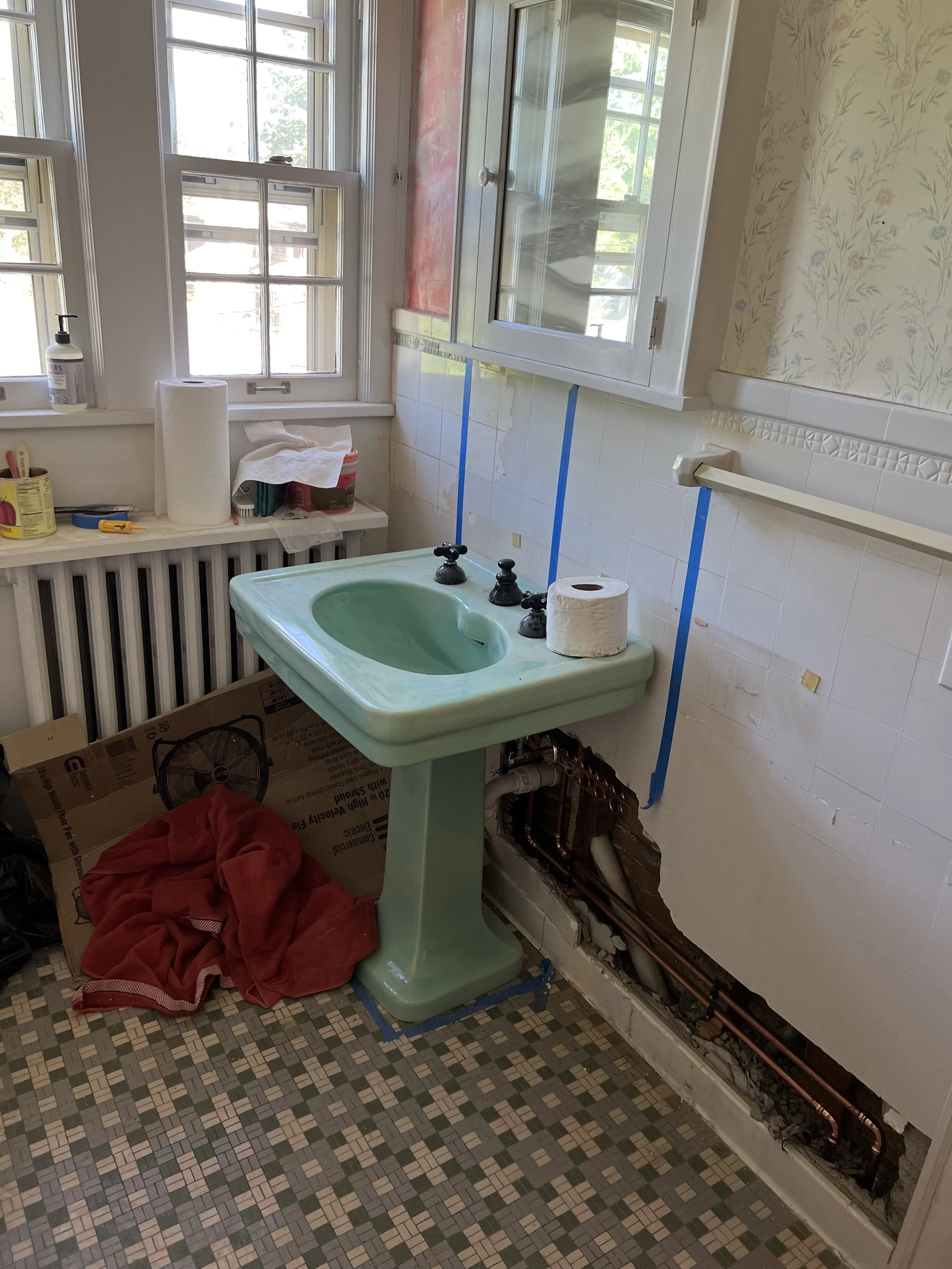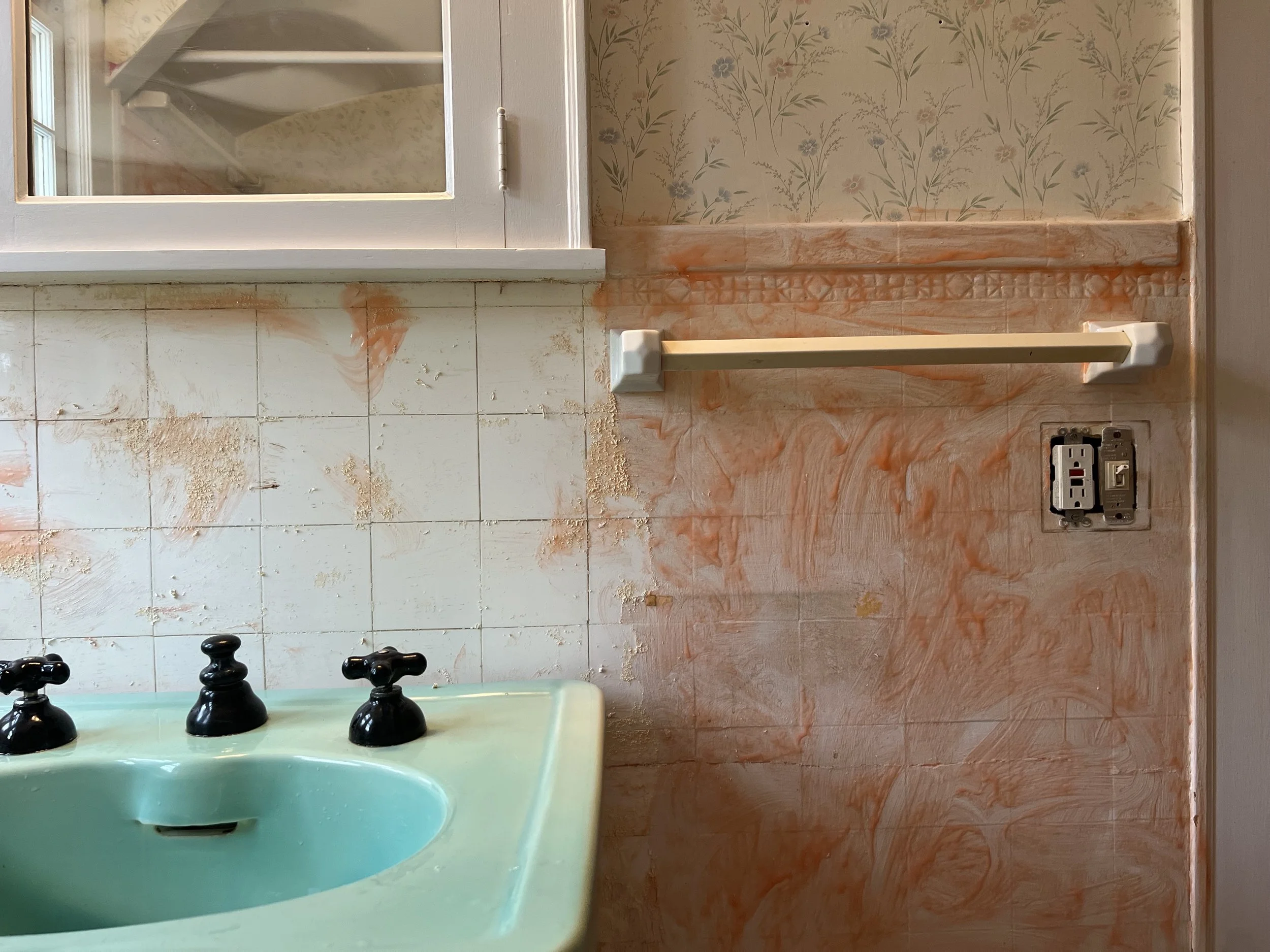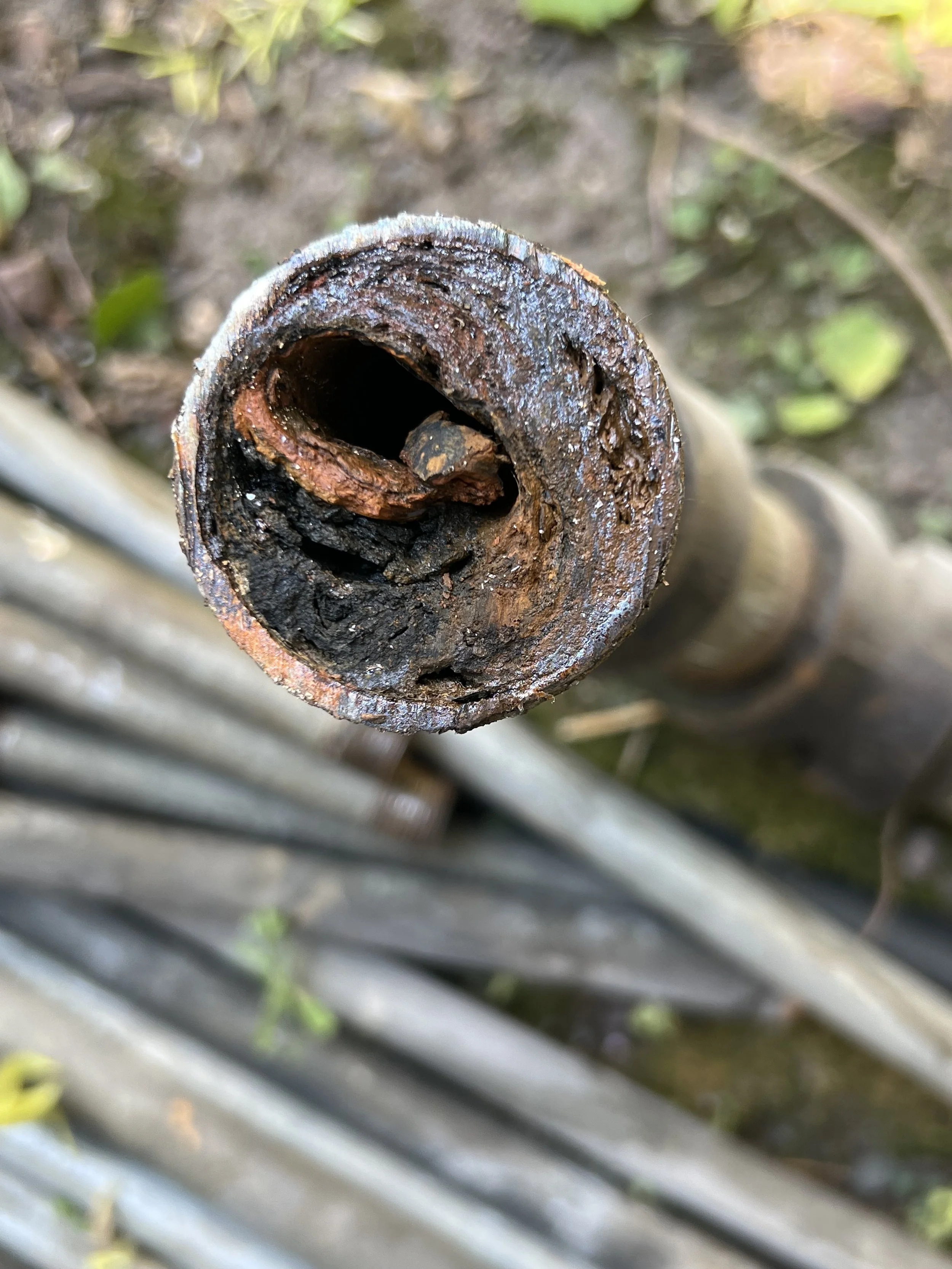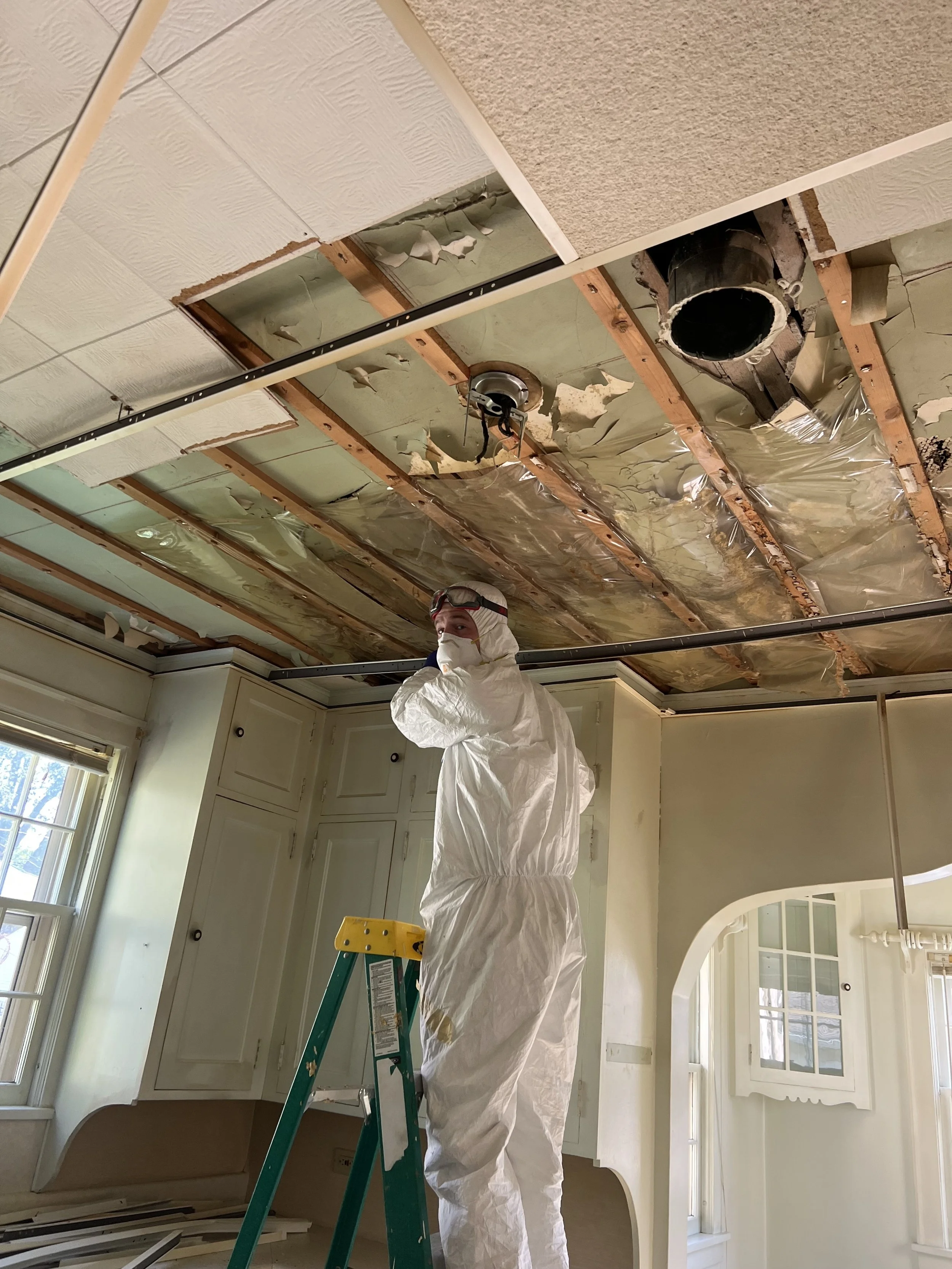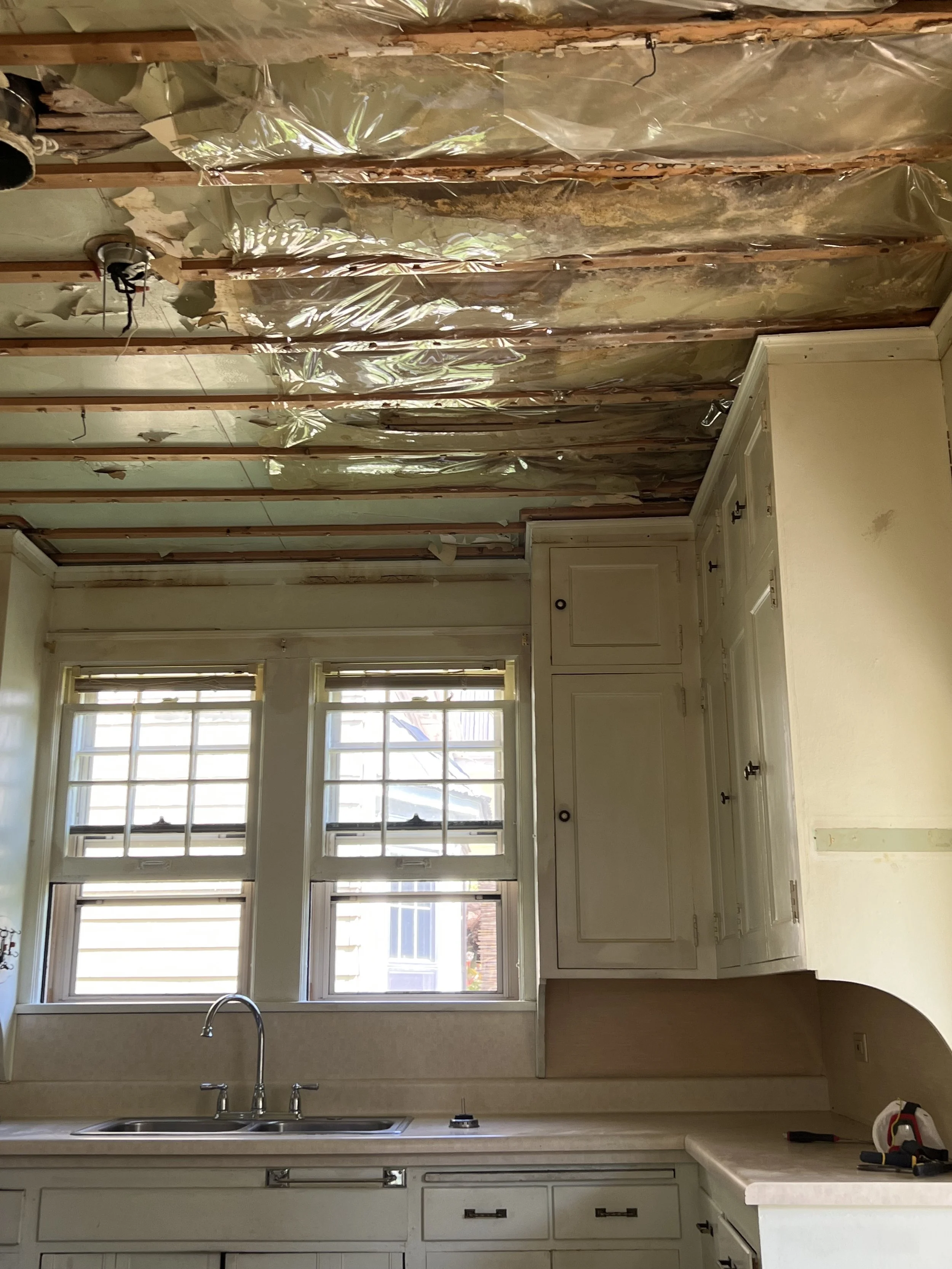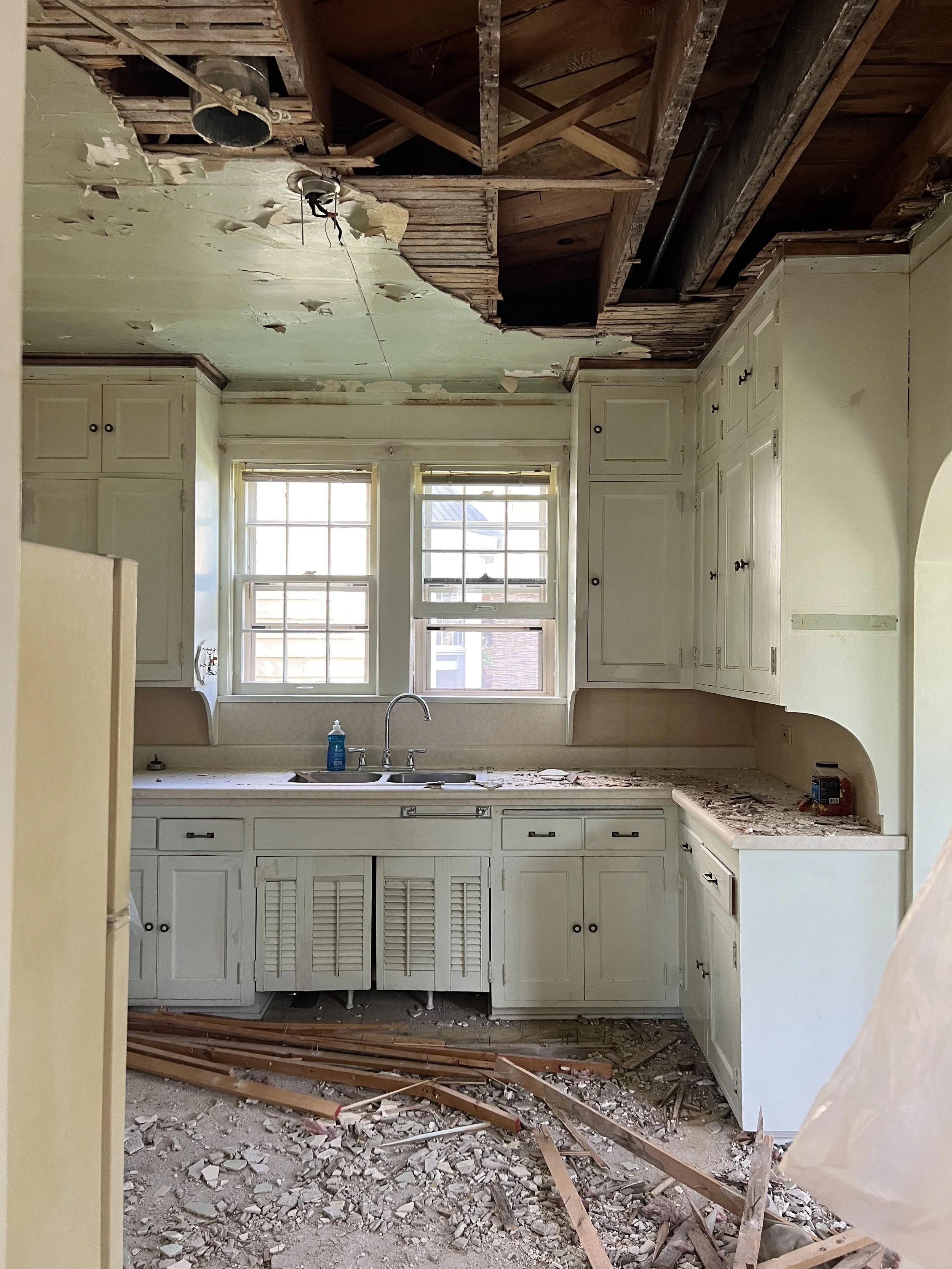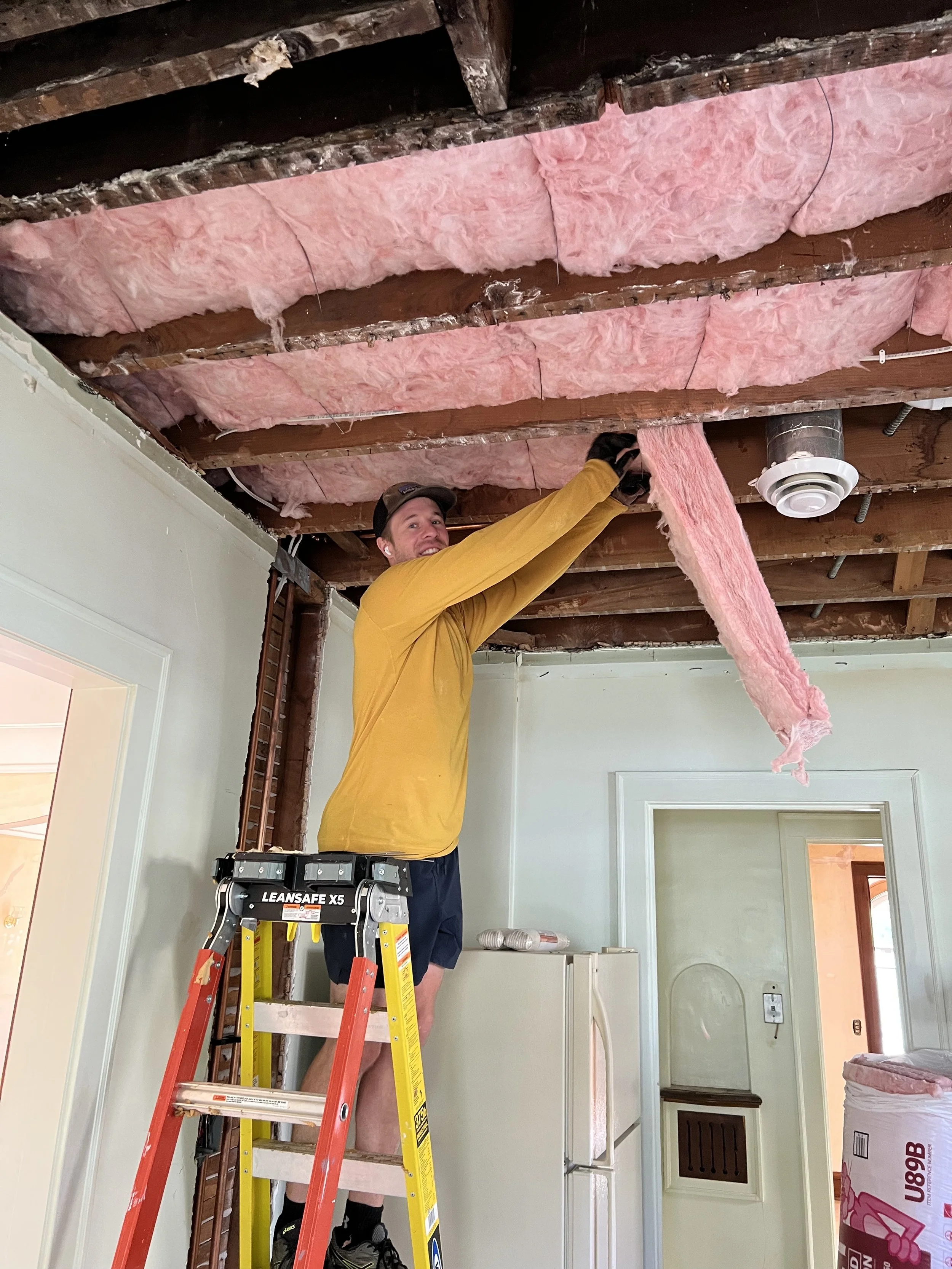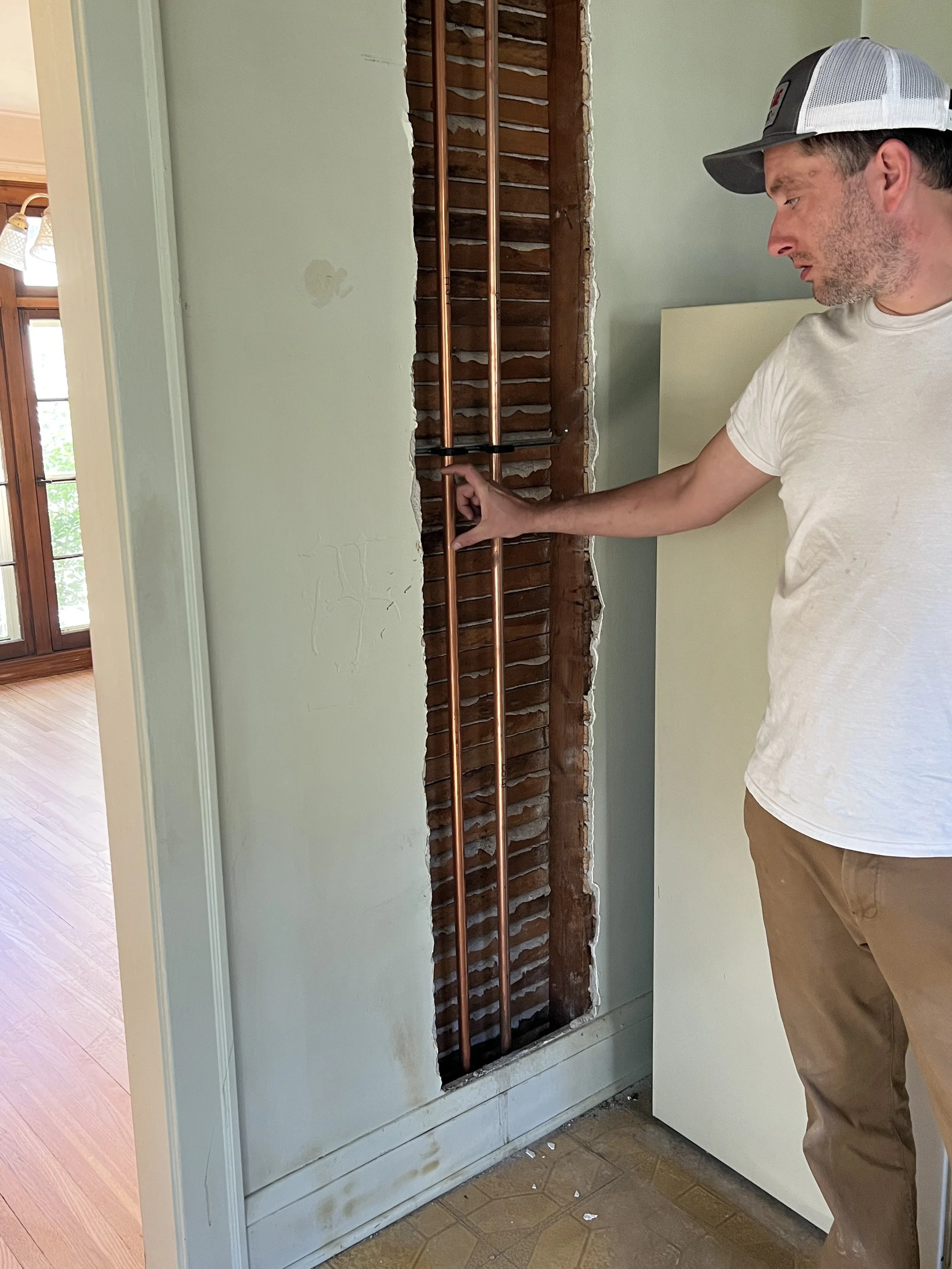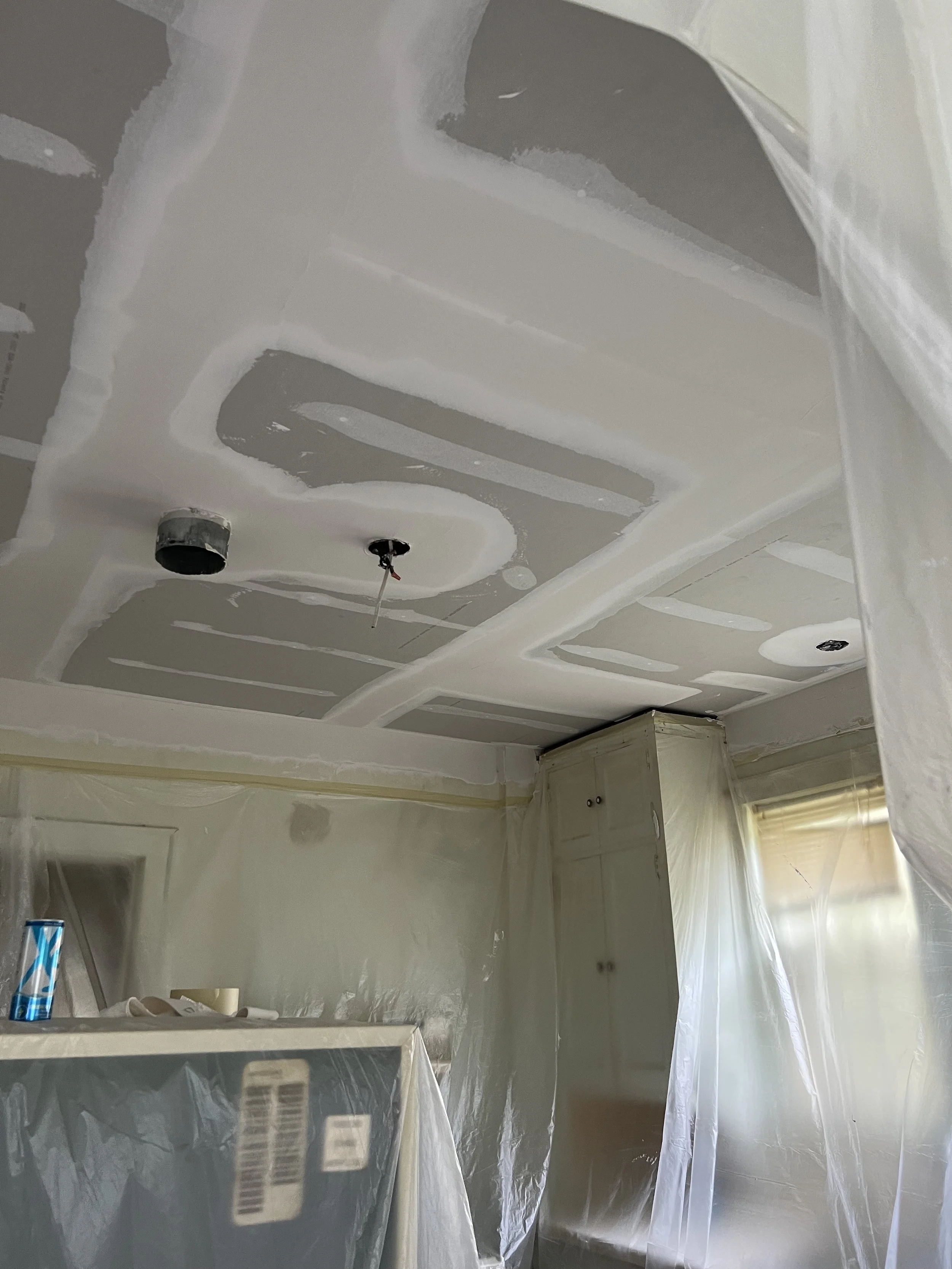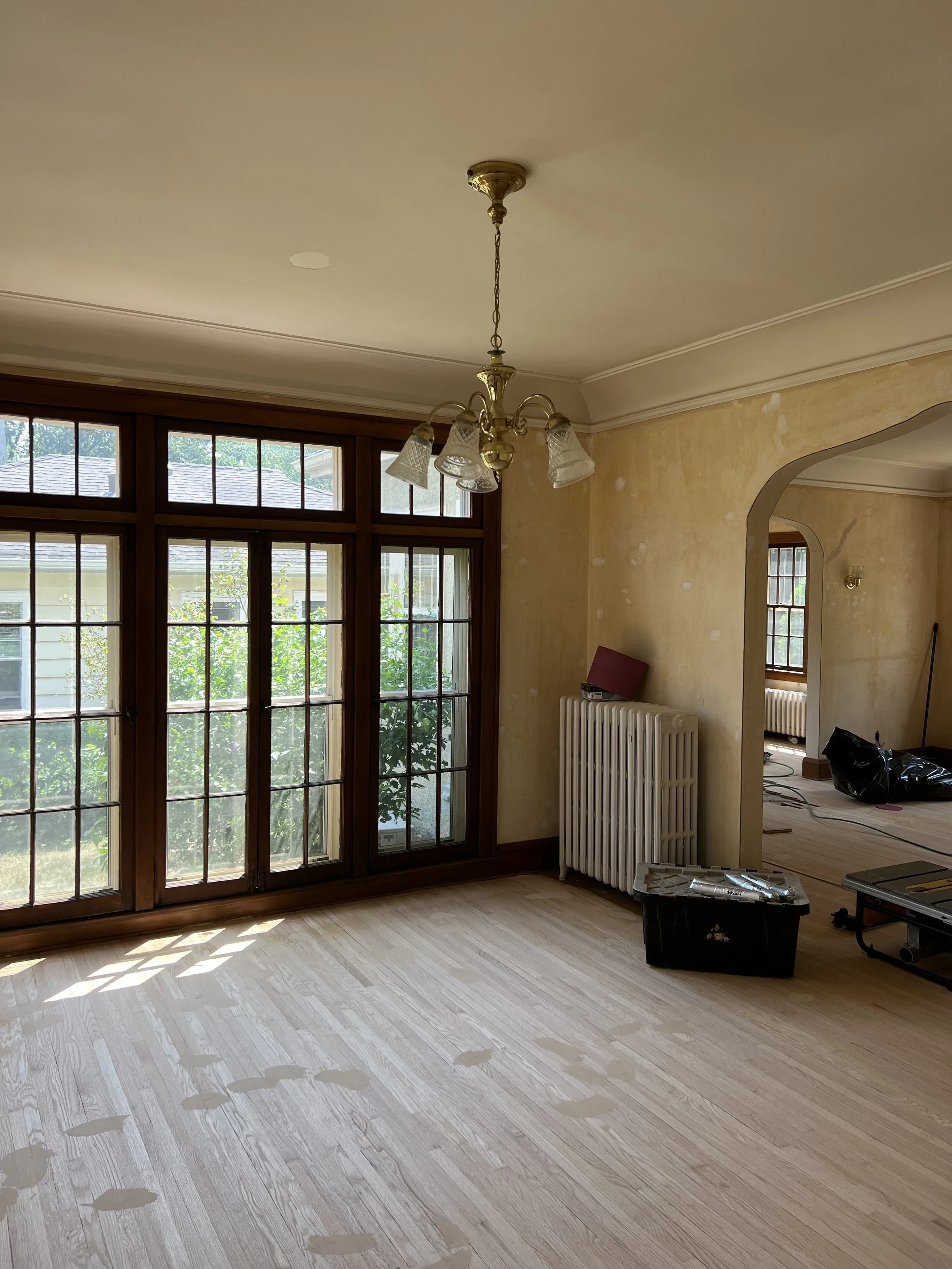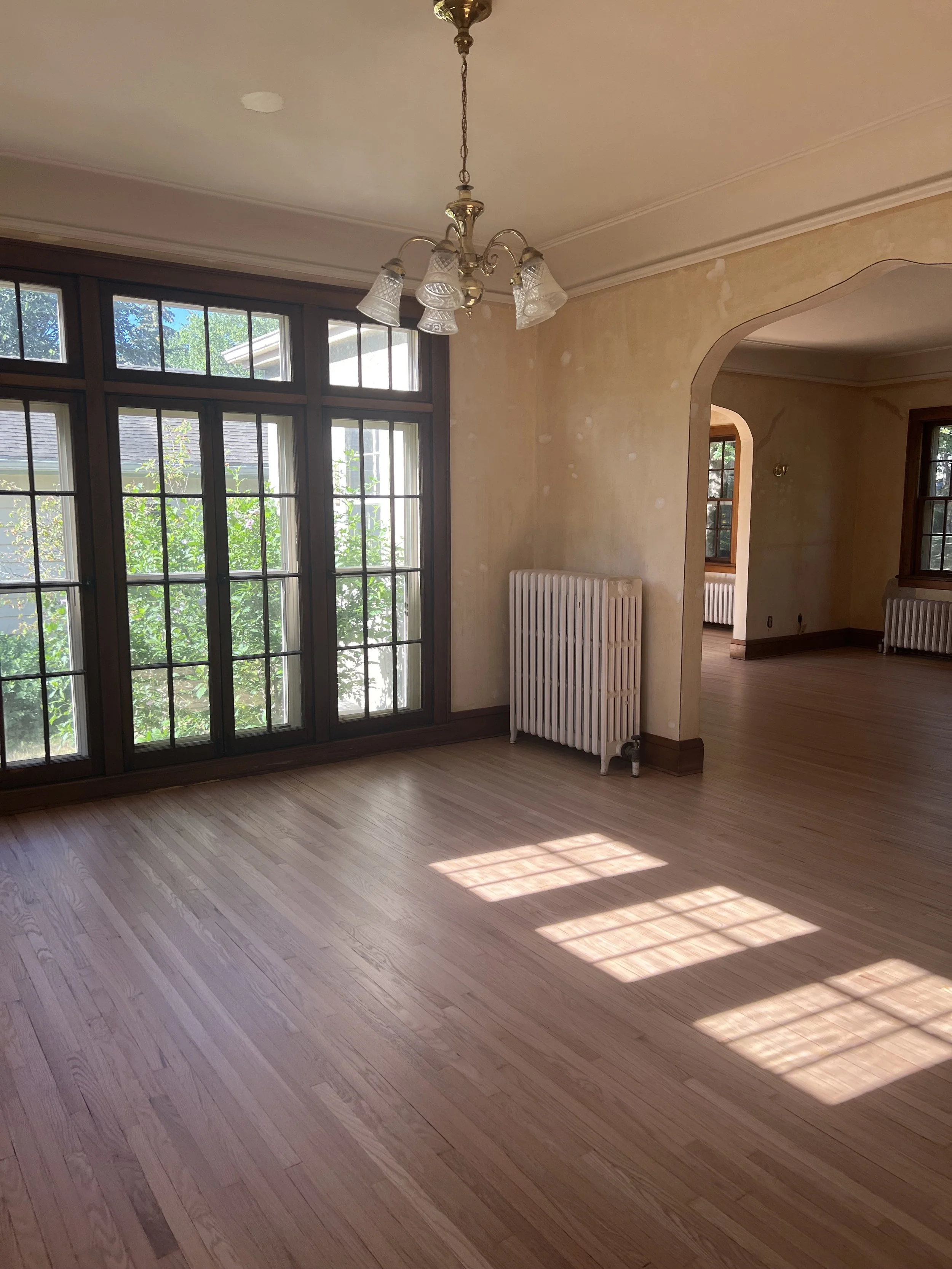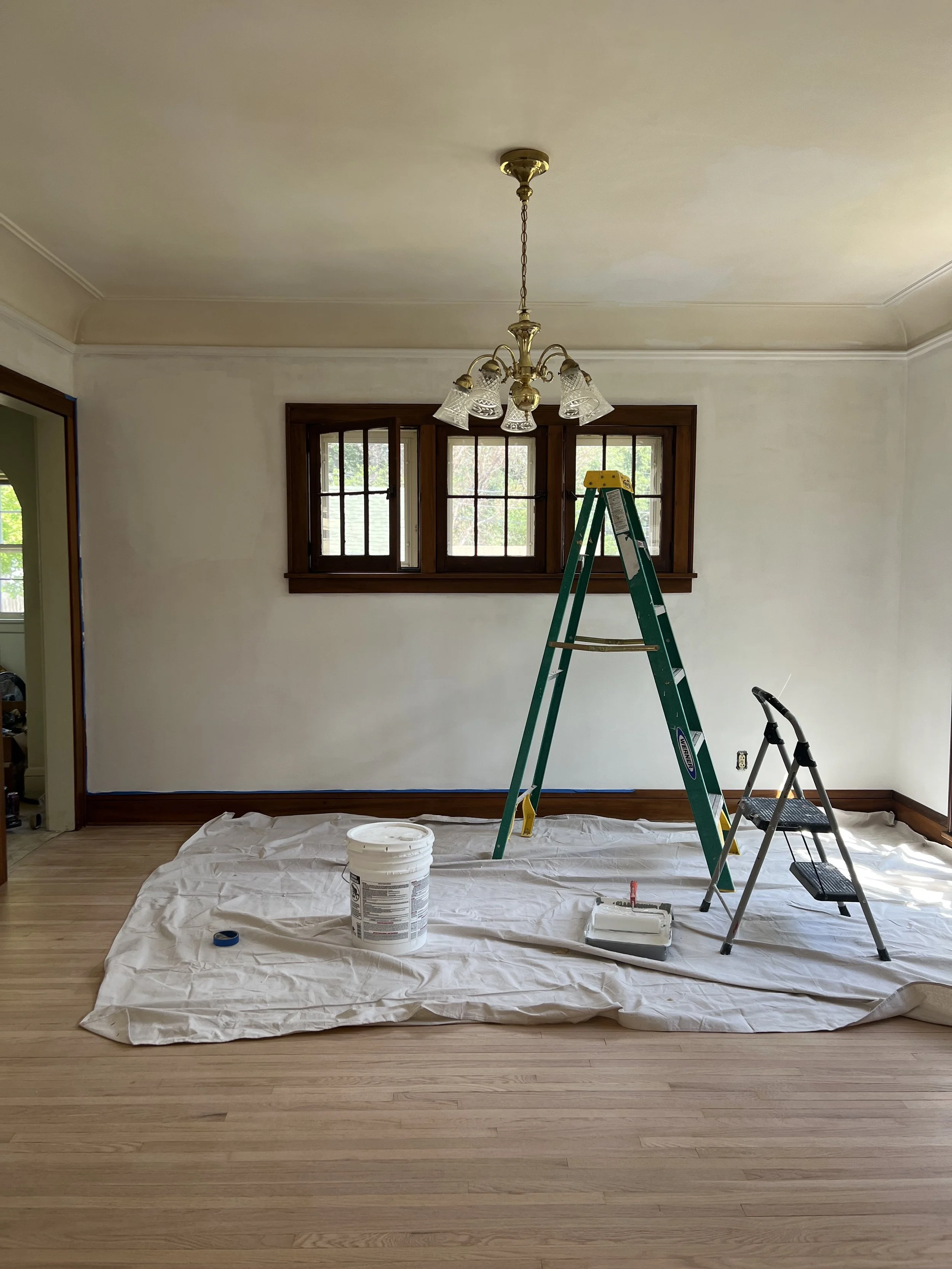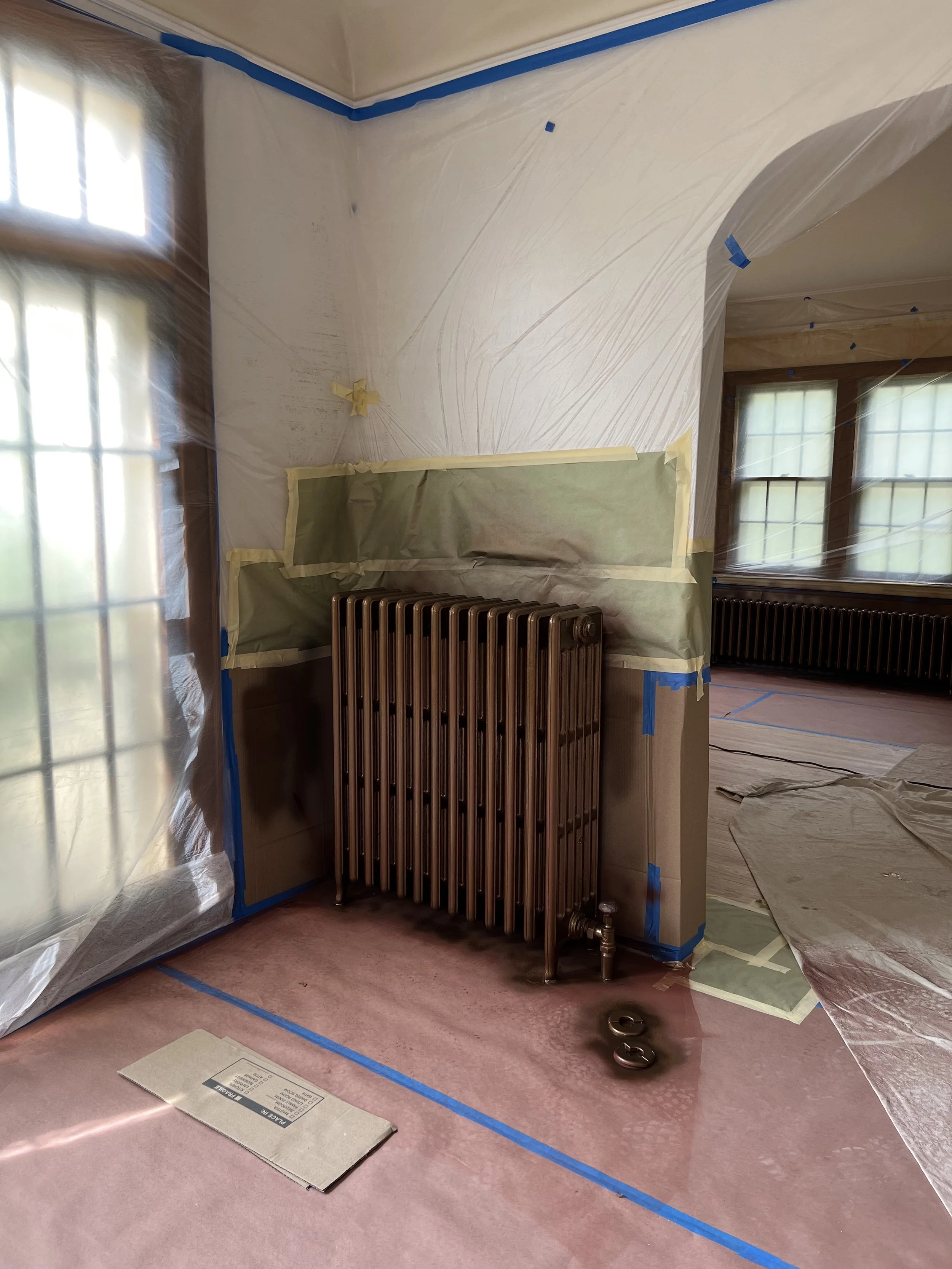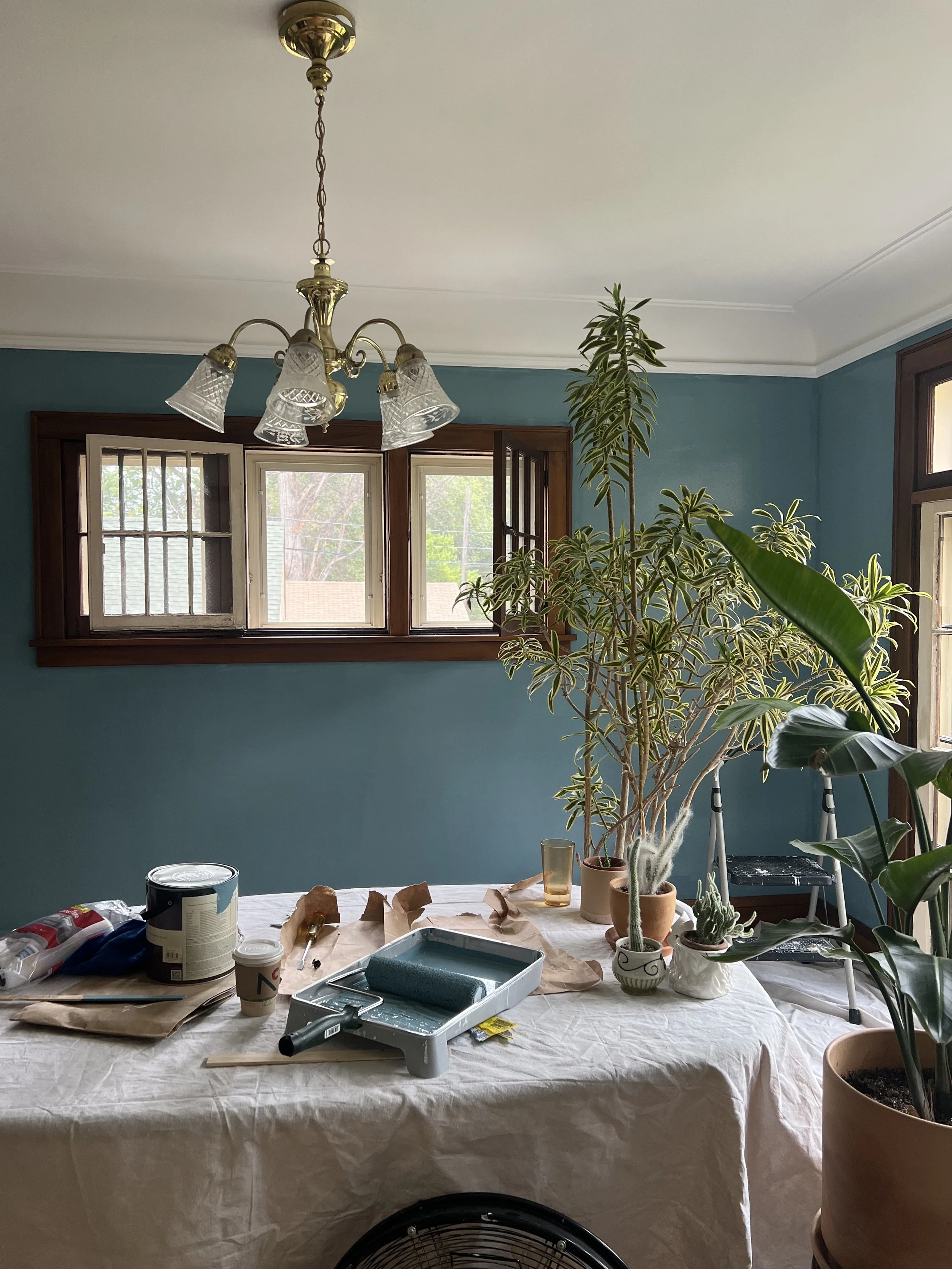Shenandoah Terrace Capsule
When this home hit the market, I was super excited to show it to my clients, sure that one of them would love it as much as I did. Sure, it needed some love, but the bones were in great condition and the details were magical. The curved niches, soft pointed archways, and all original wavy-glass windows are elements that don’t come back once they’ve been removed. It was untouched.
I would have loved this house without even seeing it, knowing what I knew about it: that it had been in the same family since it was built in 1929. A nearly 100-year stewardship is almost unheard of in our American way of buying and selling, moving up and moving on . This home was special enough that it was kept in family lines, cherished from one generation to the next. Something moving to me in its poetry.
Needless to say, it was a little too much for my clients to take on - the house needed just about every surface and more touched. So, crazy as we are, Jack and I went for it. I wouldn’t have been able to forgive myself if that house went to a flipper. It spoke to our hearts at a time when we weren’t looking to move. This truly is a home we can grow our roots even deeper, and plan on doing so.
First things first: wallpaper removal. Well, actually, galvanized plumbing. The shower was a trickle, so all plumbing from the main up to the bathroom had to be redone. This required that we demo the kitchen ceiling and cut a channel in the wall - a task easier said than done. Above the drop ceiling was a foam-tile surface, above. which was a water damaged plaster ceiling with plastic stapled up, holding it all in place.
As the plumbing was being reworked, I spent countless hours removing wallpaper from many walls (& ceilings). This revealed some water damaged plaster and lots of plaster cracks, which are to be expected in older homes. The wallpaper had been doing a good job over the years of keeping it all in place, and with its removal some imperfections were revealed. Nothing a little Plaster Magic can’t fix! Seriously, I could be a spokesperson for this company. I just wish they were sold locally. Plaster repair is something I could wax on about, and will, another time. Basically: a little bit of joint compound smoothed over the cracks won’t fix the problem.
These pictures above show some post-plaster magic WIP joint compound work. The plaster was reattached to the lathe & the joint compound filled in the cracks.
Wallpaper removed, ongoing work zone.
Removing the wallpaper around the fireplace also revealed old sconce boxes that had been filled with joint compound - after pulling that out, we were able to install sconces and the electrical was all in place.
Our bathroom is the most involved remodel we’ve done here - a project that snowballed until we had no choice but to follow through. The galvanized plumbing needed replacement immediately, which was accessed mostly through the kitchen ceiling underneath. Unfortunately, we realized to access the sink plumbing. we’d need to cut into the original tile on the walls as the backside of the wall wasn’t an option. The tile had been painted white at some point, and I was curious what was underneath, hoping that if it were something special we’d find another way to fix the plumbing and keep it in tact. I started stripping the paint and discovered white 4x4s underneath (white tile painted white…) and green liner tiles. The 4x4s had some significant cracks running through them, and as timing goes, I found out I was pregnant after applying some more paint stripper one day. Upon that news, this project was virtually abandoned & we decided to do what we needed to and we’d retile the bathroom eventually.
“Eventually” came sooner rather than later as a jagged hole in 1920s tile isn’t very baby-friendly!
When I talk about galvanized plumbing, this is a nice visual to remember it by. Yum!
In the journey to access the plumbing in the bathroom, Jack demo’d the ceiling in his “hazmat suit”. The layers were as follows:
Drop ceiling
“Tile” ceiling (lots of water damage)
failed plaster ceiling, held up with plastic sheet and even more water damage :)
With the ceiling down & joists exposed, our plumber was able to run all new copper up to the bathroom and the water pressure returned.
The final piece before we were able to move in was to get the floors refinished. They had been covered for decades by carpet, and were in need of sanding & restoration. Some areas of the floors had pet stains (animal urine ruins wood - there’s really no coming back from it) so those pieces had to be removed and new pieces woven in.
My soap box when it comes to wood floors: these old homes have old growth wood floors that can’t be replicated with new wood. The wood that is milled today is from trees that are younger, and grown faster. The grain isn’t as dense, therefore it just isn’t as strong as what it used to be. This is why when you can, it’s worthwhile to restore rather than replace old wood windows/floors/siding/etc. It’s quite literally not made the way it used to be, because the same quality of wood doesn’t exist anymore. I could also talk about the travesty of clearing old growth forests to build houses, but when we’re talking about these houses that have been around for a century or more, there’s no fight left there. Now we’re talking about maintenance & respecting the materials and what was.
Okay, I lied. The actual last piece before move-in was having the radiators enameled. They were in great shape, just had been painted with flat wall paint which I have some aesthetic comments on but also it’s not conducive to heat transfer and isn’t the best material to coat radiators with. Proper primer & high heat paint are necessary, and for this we had an excellent artisan do the job.
Having gone through several iterations of whole-home updates, I have a high tolerance and comfort level for this kind of thing. I love helping my clients see the potential in spaces, but meet everyone where they are. Sometimes a space’s full potential can be realized simply by painting the walls or styling with furniture & textiles. Sometimes the kitchen ceiling has to be ripped out and a dead mouse has to fall on your head to fully realize a space. It’s a big, open spectrum and to me, it’s very fun.
Let’s consider this Part 1, with more updates to come!








